Zilte (“briny”) is named after a salty South African oyster, and is on the top floor of the striking red sandstone MAS (Museum on the Stream) building in Antwerp, which holds almost half a million exhibits. Zilte was originally called t’Zilte and opened in 1996 in the town of Mol before moving to the Antwerp city museum in 2011. The restaurant was awarded a Michelin star in 2004, a second star in 2008 and the ultimate third star in 2021. Chef Viki Geunes is self-taught, with a degree in industrial sciences. The dining room has switched sides of the MAS building from its earlier location, now facing the town centre instead of the sea. Tasting menus were available at €270 (seven courses) or €330 (nine courses), with a €30 supplement for cheese. Vegetarian versions of the menus were available at the same price as the regular menus. The ninth-floor dining room was very smart, with generously spaced tables and lovely views out over the city. There was elegant cutlery and Zalto wine glasses, with smart outfits for the waiting staff. It is certainly a fine setting for a meal.
The wine list was lengthy and, rather bizarrely, can be viewed online but only without prices. I asked if a version with prices was available prior to the visit and was firmly rebuffed. When you examine the list you can see why they might be a bit shy about the cost of some of the bottles. For example, a bottle of Rioja Alta 904 2001 was priced at an absurd €900 for a wine that retails at €89, so just a little over ten times its shop price. This was an extreme case but the list was wildly erratic in its pricing. Peculiarly, there were occasional bargains e.g. Egon Muller Scharzhofberger Kabinett Riesling 2016 was just €120 compared to its shop price of €188, and Domaine Paul Pillot les Caillerets 2020 was €380 for a bottle that retails at €230, which is hardly an excessive markup. Yet Vega Sicilia Valbuena 2009 was a ridiculous €800 for a wine whose current market value is €217. Even more egregious was the pricing of Poggio Brunello di Montalcino 2011, at €550 for a bottle that you can find in a shop for €71. At least the lovely Clos Rougeard Le Poyeaux 2014 was €300 instead of its current market value of €421. This is exactly the kind of list that would have been really useful to examine up front in order to find some bargains, which definitely existed amongst its many pages, but for the less obsessive wine buyers the list was a minefield, with some wines up to ten times their retail price, which is inexcusable.
A flurry of canapés preceded the tasting menu. Mackerel nori with Japanese curry appeared on a little cracker in the shape of a flower petal. The mackerel had nice flavour and the cracker was delicate though the curry flavour was restrained to the point of invisibility. This was accompanied by a tartlet of salmon with smoked cheese and green herb jelly, which had good pastry and pleasant flavour. Even better was a spelt millefeuille with chicken liver and seemingly a little goose liver with umeboshi, a Japanese preserved fruit that is often described as a plum but is actually a fruit in the apricot family. This was a successful dish, the poultry liver pate having plenty of flavour and the millefeuille having good texture. There was also cucumber cream tartlet with avocado olives and jalapeño, which had crisp pastry, though the jalapeño was subtle to the point of invisibility. Yoghurt curd tartlet with labneh (strained yoghurt) and myoga (Japanese ginger) was also pleasant, the pastry quite delicate though again the ginger could have been more noticeable, so the overall effect as a little bland. A final canapé was raw carabinieri prawn with ricotta, daikon and fermented rhubarb. The prawn had good natural sweetness and this was nicely balanced by the sharpness of the rhubarb. This was accompanied by a technically clever dish of paper-thin flatbread with spring onions and chives made with egg whites embedded within the bread. It was almost filo-thin but made with bread dough rather than pastry, with the flattened onion embedded in the dough. I liked this idea, the flatbread crisp and quite salty, which again worked well with the prawn. This was the best of the canapes (canapes generally between 16/20 and 17/20, with the last one better).
Two breads were offered. Fougasse bread (the French equivalent of Italian focaccia) was the best of these, having excellent texture, being nicely seasoned and topped with herbs. Brioche was reasonable but was not quite as light in texture as the very best brioche I have tried. The first formal course of the meal was North Sea crab with papaya, green mole (the Mexican dip of pumpkin seeds and green chilli) and sea urchin. The crab itself had superb flavour, beautifully sweet and entirely shell-free, with a wispy shiro kombu white seaweed crisp adding an interesting texture contrast. The papaya was very subtle, there also being a vinaigrette of coffee and quite gently spiced, green mole, with (hard to detect) sea urchin and pumpkin seeds. This dish had lovely balance, with the sweetness of the high-grade crab shown off nicely by the gentle spice of the green mole (19/20).
This was followed by a caviar dish, an oscietra that had been aged four months, from a Belgian company called Imperial Heritage. The caviar was accompanied by strips of squid, jus of Roscoff onion and toasted hazelnuts, with a blini on the side. The caviar was reasonably good and the squid was tender, while the sweet Roscoff onion worked well. Unfortunately, the blini on the side with belly tuna and caviar was doughy and oddly mushy, and didn’t obviously add much to the main element (17/20 but would be higher if they just dropped the side dish element).
Next was a pretty dish of hamachi (yellowtail) with flat beans, smoked eel, green strawberry and a sauce of elderflower. On the side was a beignet filled with cream and topped with eel. The main element worked well for me, the acidity of the strawberry working well with the fish. The beignet was a touch oily, and another case where the side element seemed superfluous and essentially detracted from the main dish (17/20). Sea bream had been killed in the Japanese ikejime style by the fisherman to optimise its freshness. This was served with mussels, courgette flower, summer ponzu and algae. The fish was precisely cooked and the sauce was buttery, with the sharpness of the ponzu in with a reduction of verjus, vermouth, white wine and shallots. I really liked the sauce and the fish was excellent, but the mussels had a rather grainy texture, accompanied by their own sauce of mussels and plankton, which was a lot less enjoyable than the main sauce with the bream. This was another case where “less would be more”. I would have scored just the bream and its sauce 18/20, but with the disappointing mussel element the overall dish worked much less well (16/20).
The next course was local blue lobster with carrot and Thai basil with roasted sunflower seeds with yuzu koshō (a Japanese fermented seasoning made from yuzu, chilli and salt). There was a sauce of sea buckthorn and Thai basil with a mousseline of spice mix in a kind of au vent. The lobster itself was tender and the gentle spicing worked well, though the overall effect was a little salty, even for me (17/20). A large langoustine tail was topped with lardo di colonnata and served with a sauce of crustaceans and there were garnishes involving celeriac, broccoli and wild mushroom. The langoustine certainly had good sweetness and the earthy contrast with the celeriac worked quite well, the sauce having reasonably deep flavour (17/20).
The final savoury course was suckling veal with broccoli, anchovy, young garlic and smoked butter. On the side was gnocchi, fermented broccoli with chives, anchovies, smoked ricotta, bone marrow and young garlic. Sadly, this dish did not work well at all, the veal being bland, the gnocchi soggy, the anchovies nothing special (barely 14/20). This was very disappointing given there had been some much better dishes earlier in the meal. We had cheese, which was in good condition, and then moved on to dessert.
Cherry kirsch with balsamic vinegar came with a praline of pistachio and cherry blossom, which presumably had been preserved from springtime. This was quite a pretty dish and the flavour combination worked nicely enough (16/20). Pineapple came with miso banana, gianduja with hazelnut. pineapple caramel, lemongrass and lime emulsion. On the side was a tarte of pineapple and ginger with matcha tea and puffed rice. This was a very odd dish. Roasted pineapple seemed to me a peculiar dish for a 3-star restaurant, but the miso banana concoction was not enjoyable, and who would think that this set of flavours would combine well with the hazelnut paste of the gianduja? I think this was just ill conceived (13/20).
Coffee was Illy capsules and was insanely expensive at 16 Euros. The coffee that we had at the train station in Antwerp (at a simple chain cafe called Java) was actually better quality and was barely more than a tenth the price here. Illy is a decent industrial coffee but surely a three-star Michelin restaurant should manage to rustle up a specialty coffee, especially at this frankly absurd price. An Illy capsule will cost the restaurant about a third of a euro wholesale, so the coffee is being marked up by a factor of fifty. Petit fours comprised pine nuts with white chocolate and cherry ginger, pickled plum with raspberry, chocolate cassis and an opera cake with kumquat and miso. There was also a cocktail of wild cherry with timut pepper (related to Sichuan pepper), which tasted to me a little odd, the numbing sensation of the pepper not an obvious match for the cherry.
Service was very slick, the waiting staff in smart uniforms and very friendly. The one minor service issue was that the staff were unable to answer a few questions that I had about the food, with the standard response being that the chef would come out later and explain everything. This would be fair enough except that when the chef did briefly appear he said he would be back momentarily for a chat, then disappeared from view and promptly went home, which we discovered after a lengthy wait. The bill came to a chunky €738 (£621) apiece, albeit with quite a bit of wine. Still, even if you opted for the shorter tasting menu and shared a bottle of modest wine then you would still end up with a bill per person of at least €320 (£269), and quite a bit more if you were unwise enough to add a coffee or two to your total. Overall, this was a mixed meal, with the best dishes such as the crab genuinely top notch, however there was considerable inconsistency in the standard, and a tendency to overcomplicate dishes, adding elements that not only did not need to be there but actually detracted from the overall effect. Although the setting of Zilte was lovely and the service good, this seems to me like an awful lot of money for what appeared on the plate.


































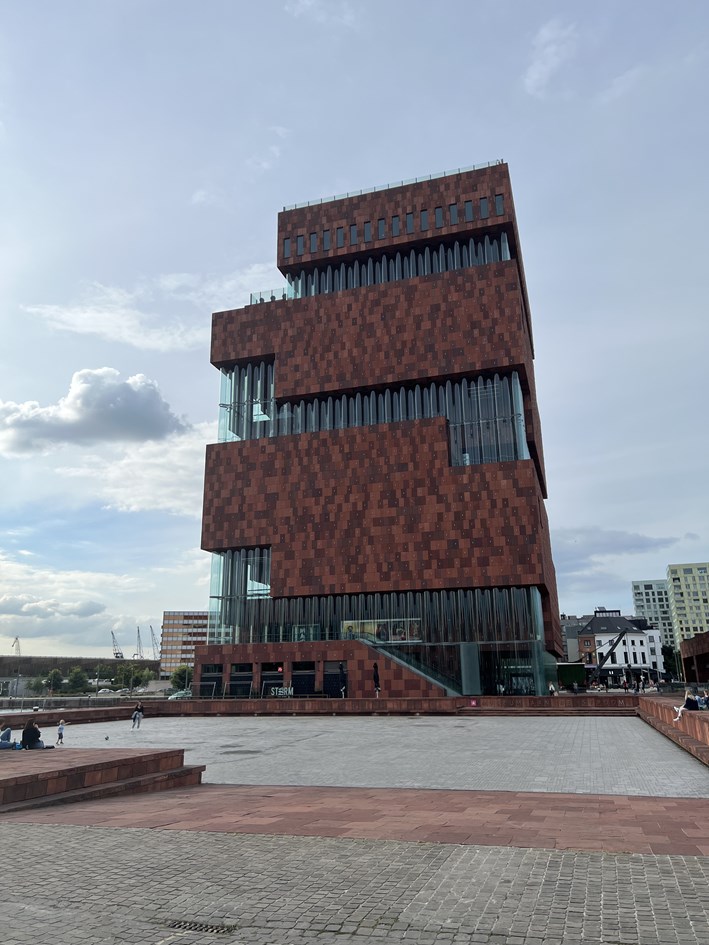

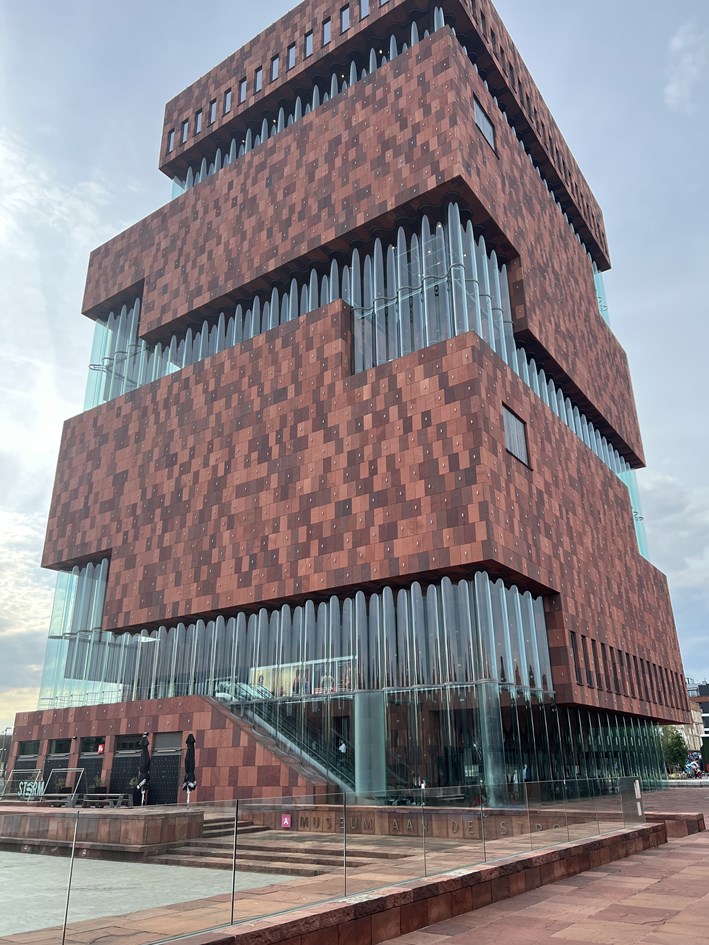
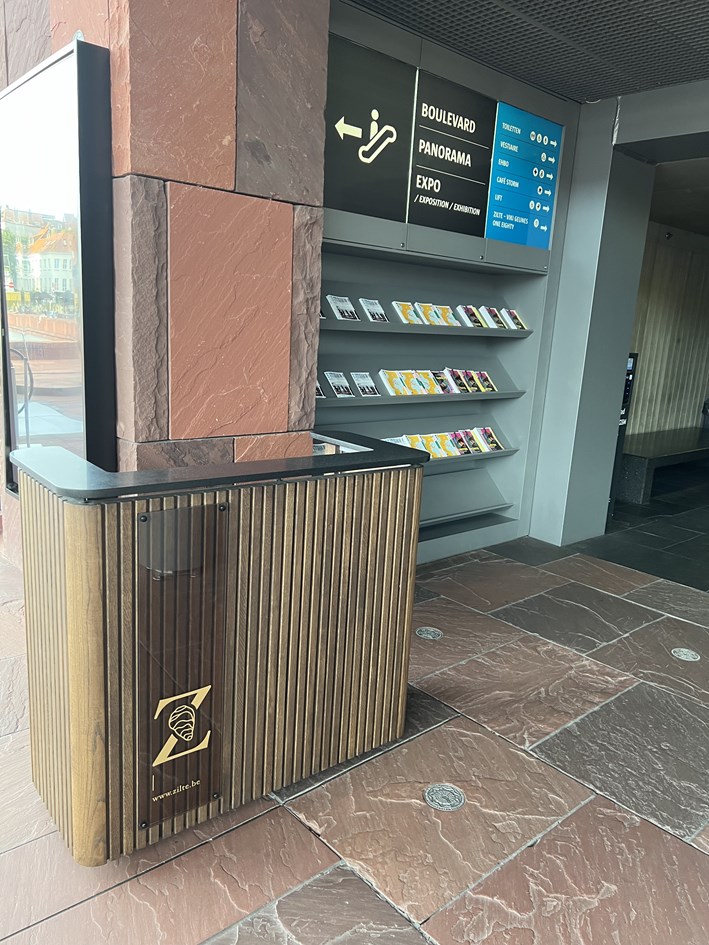
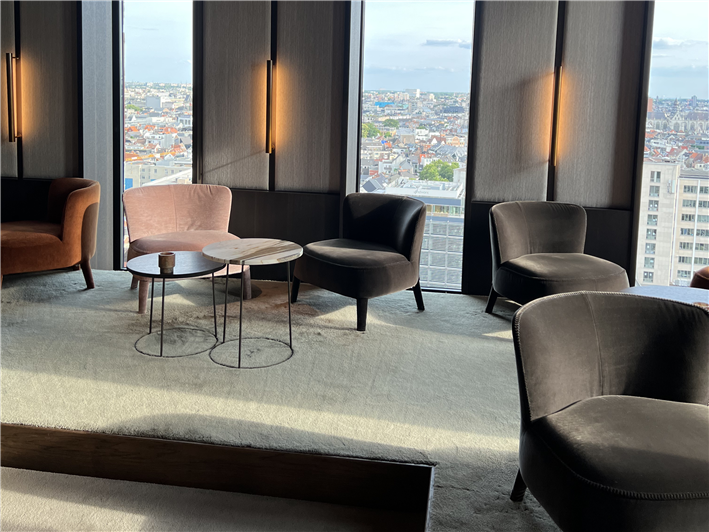
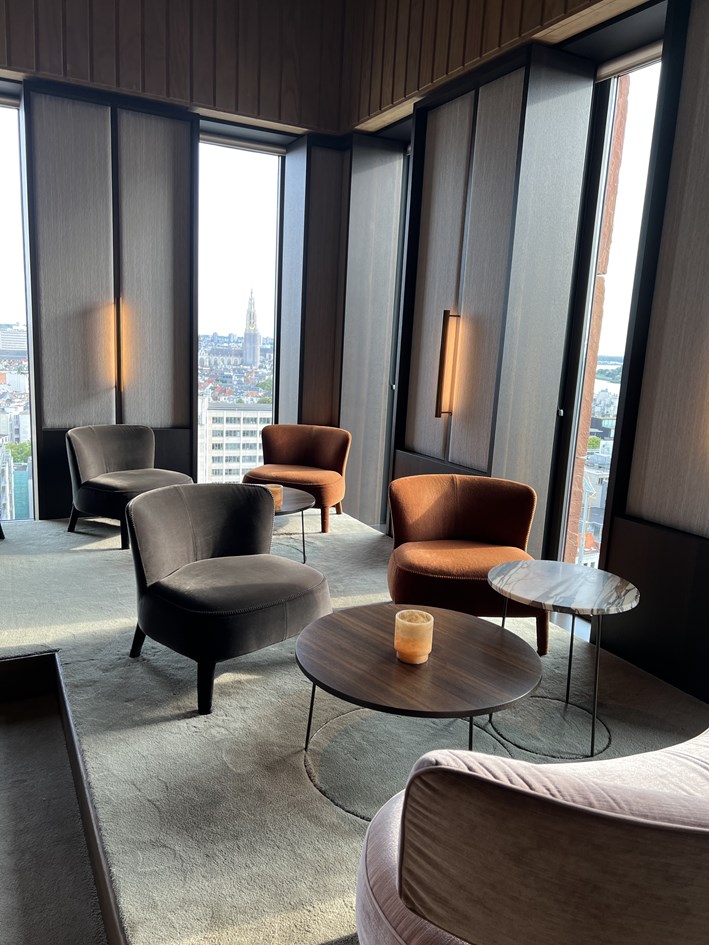
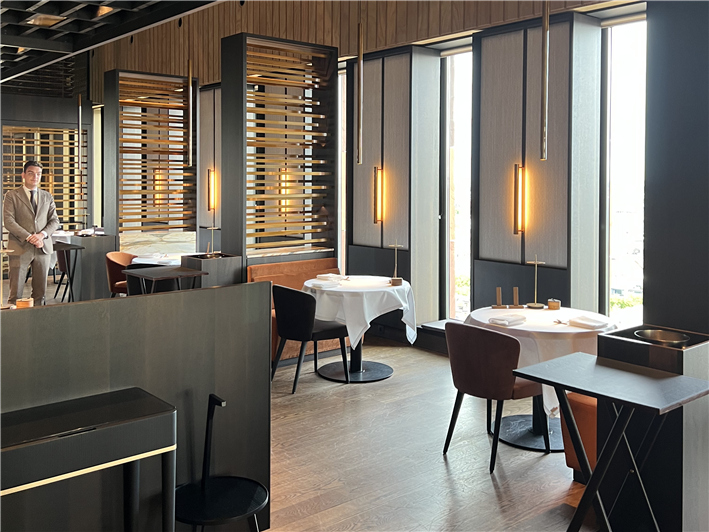
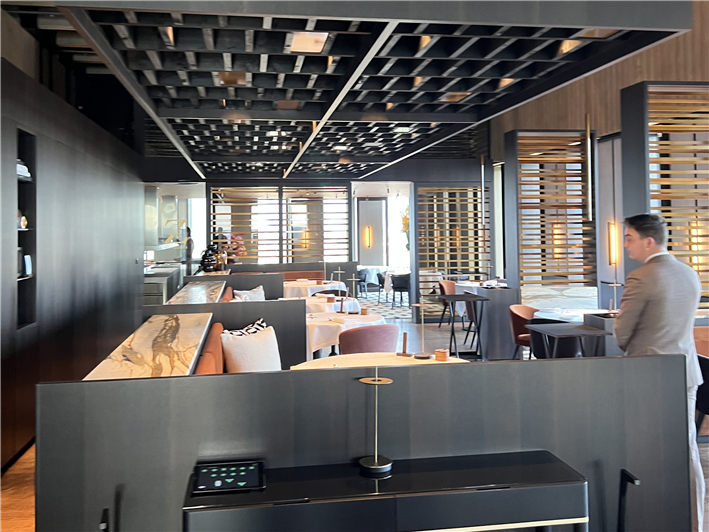
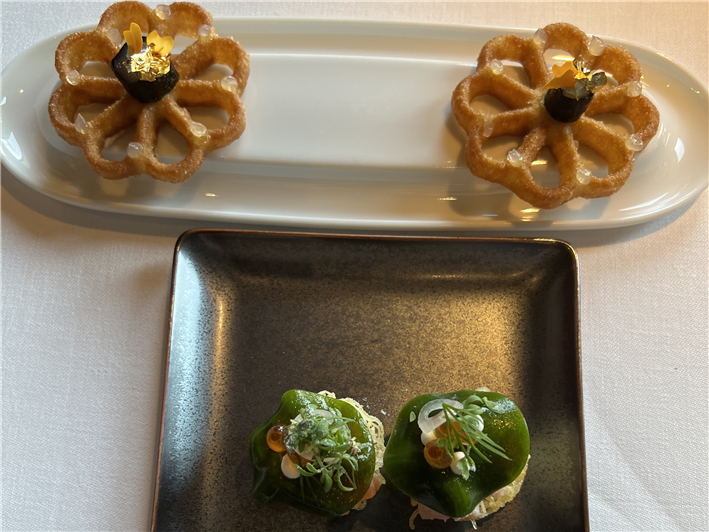
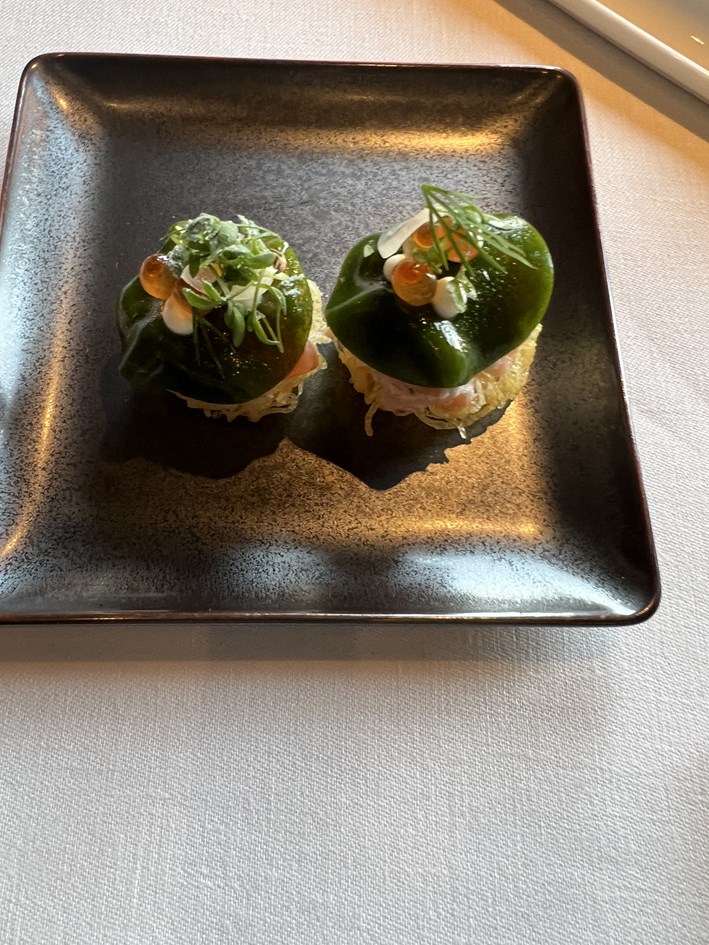
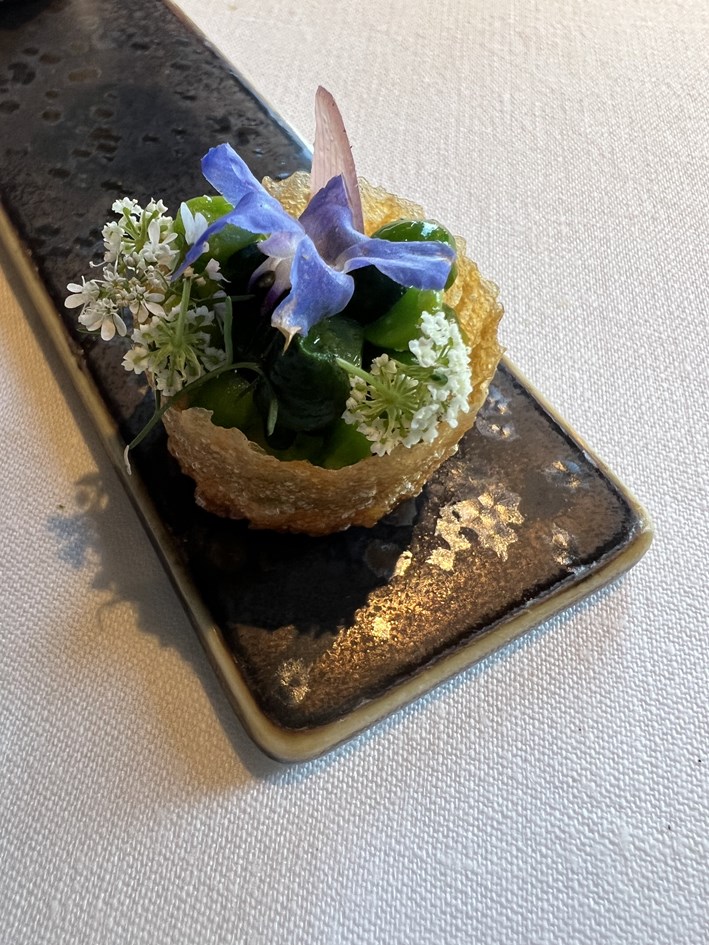
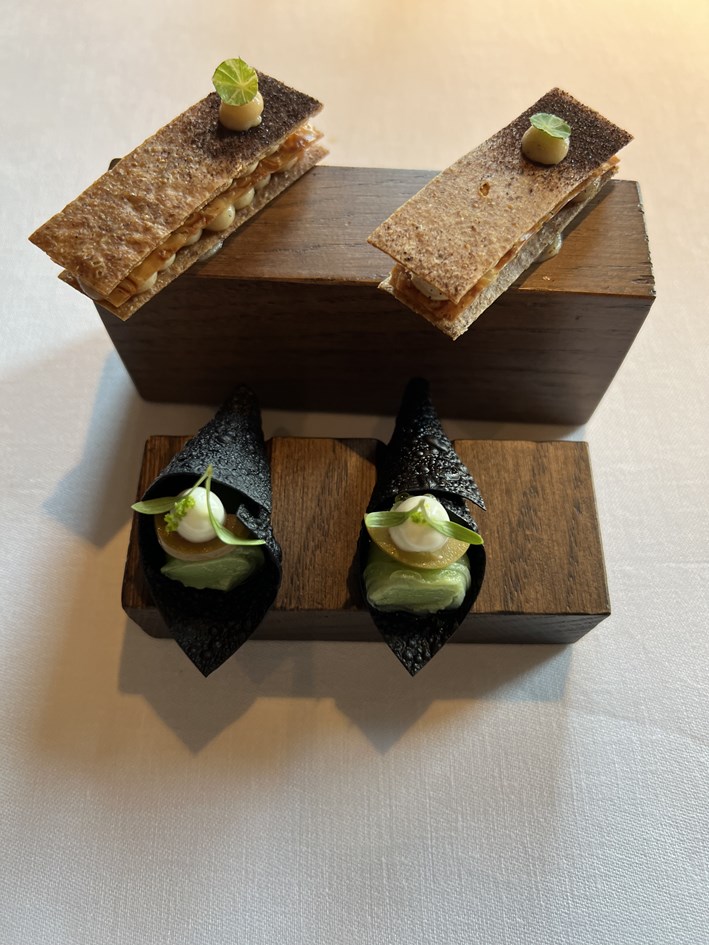
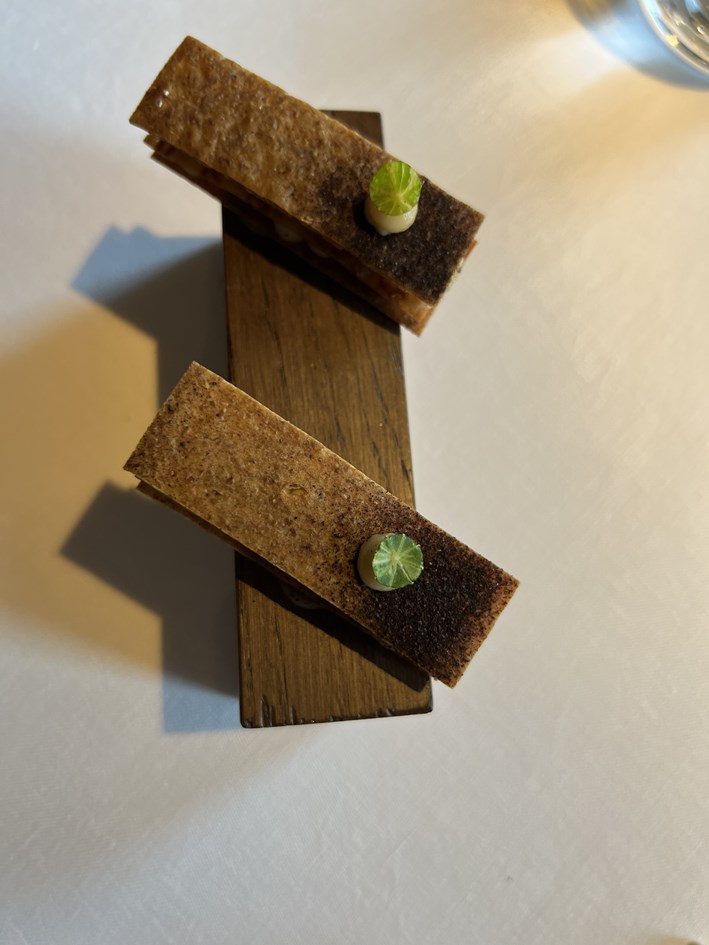
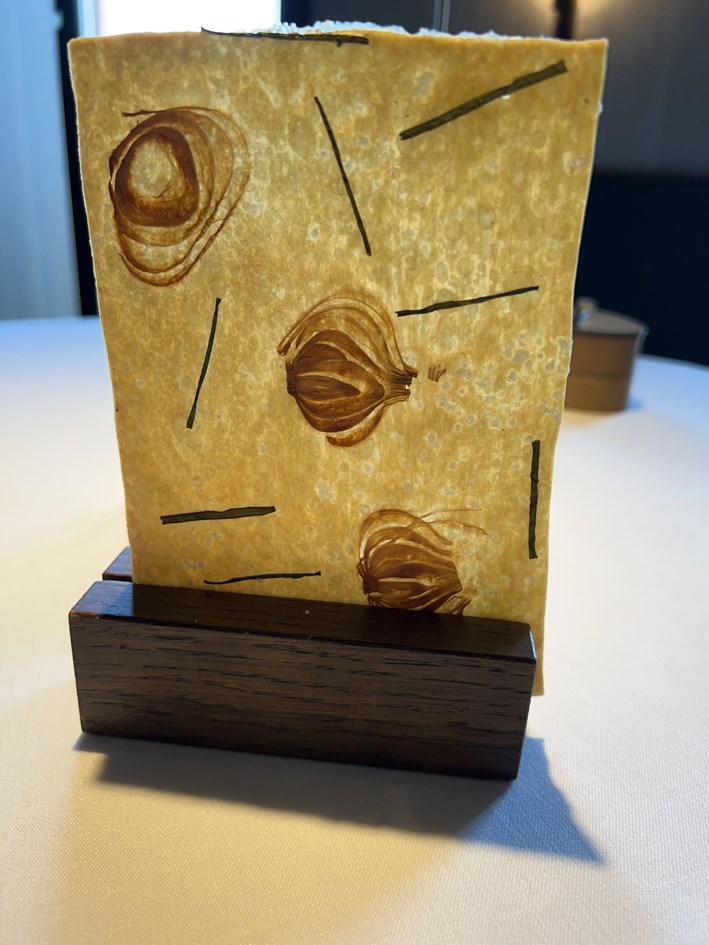



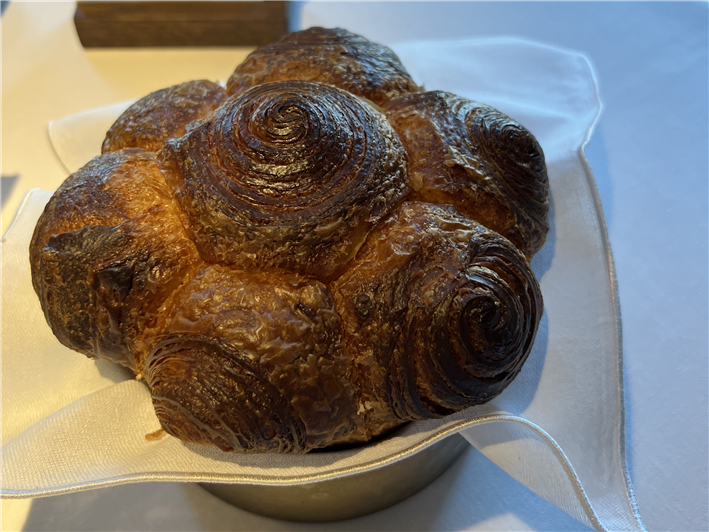
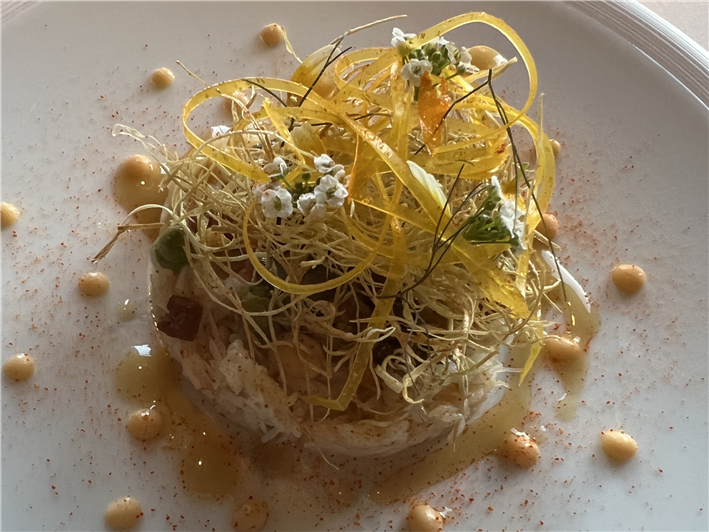

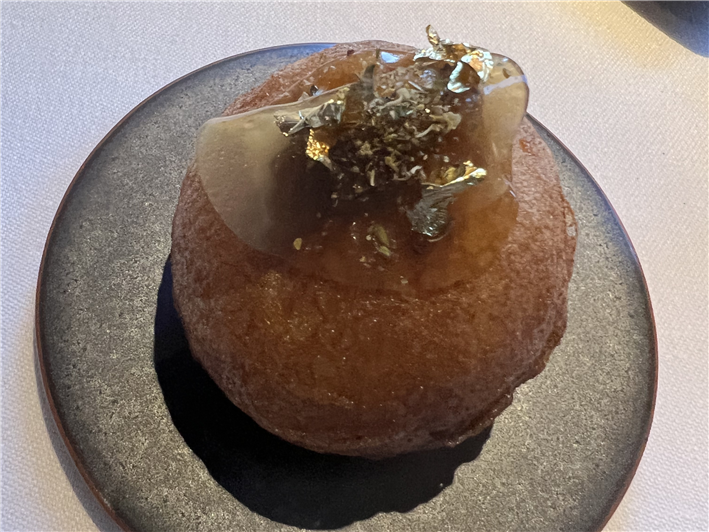
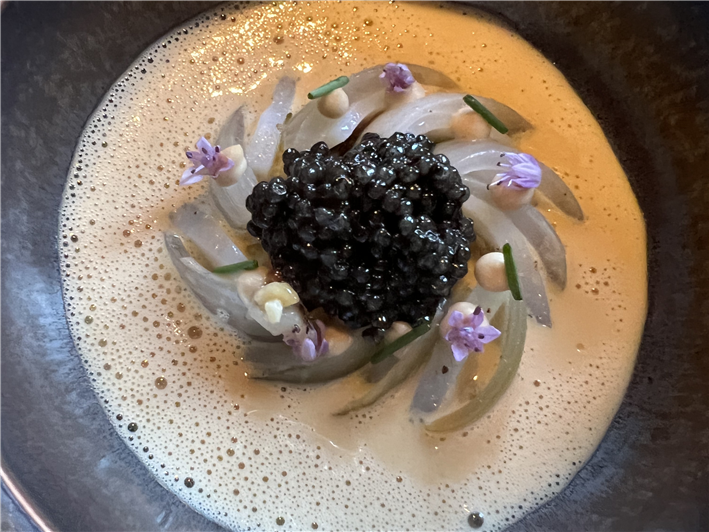
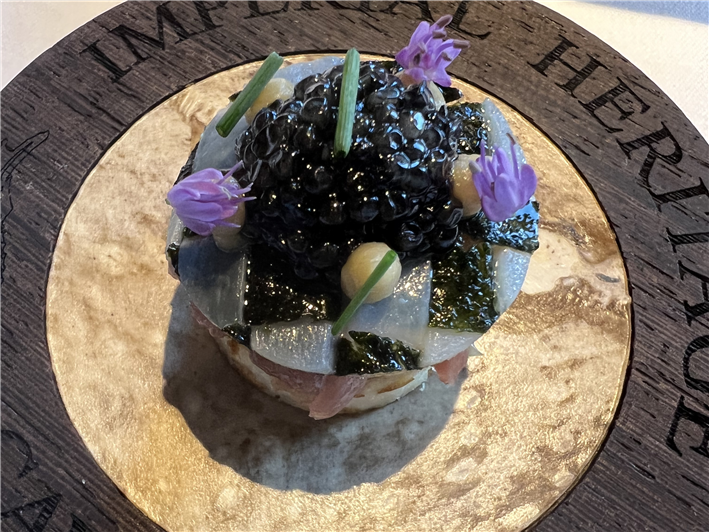

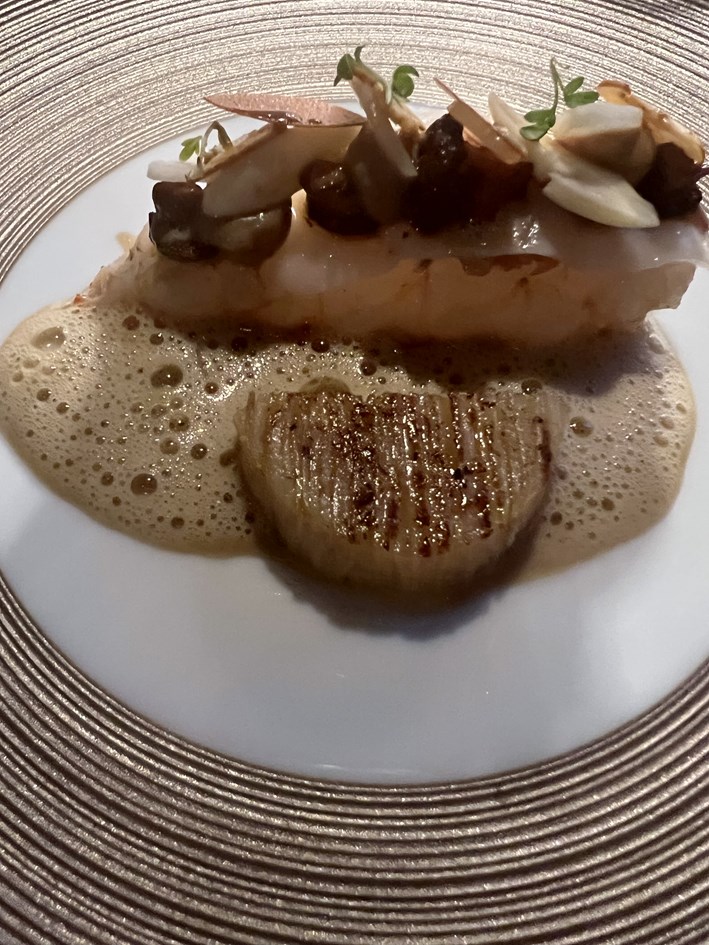

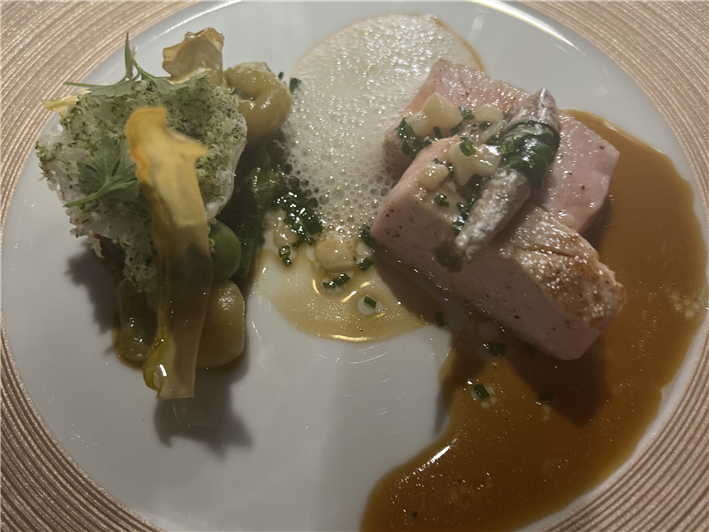
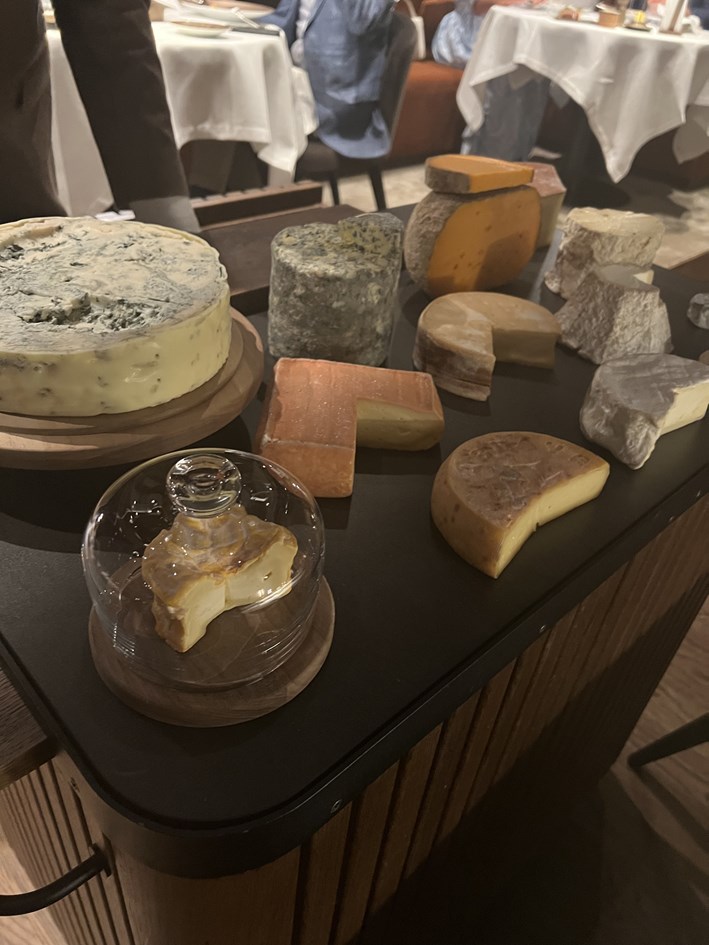


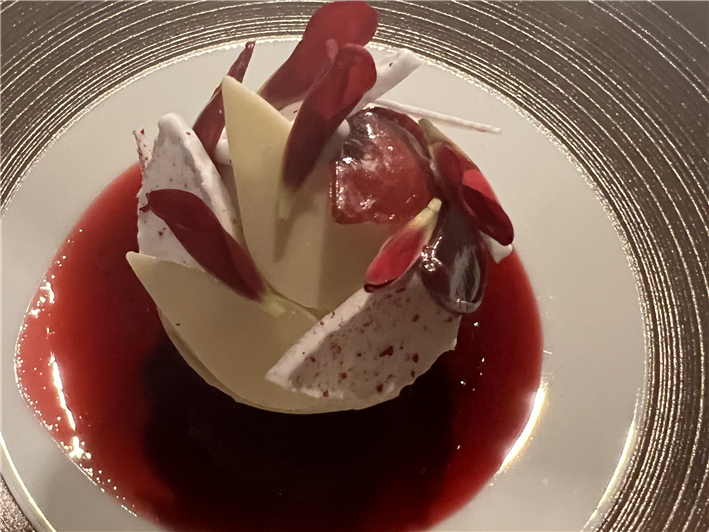
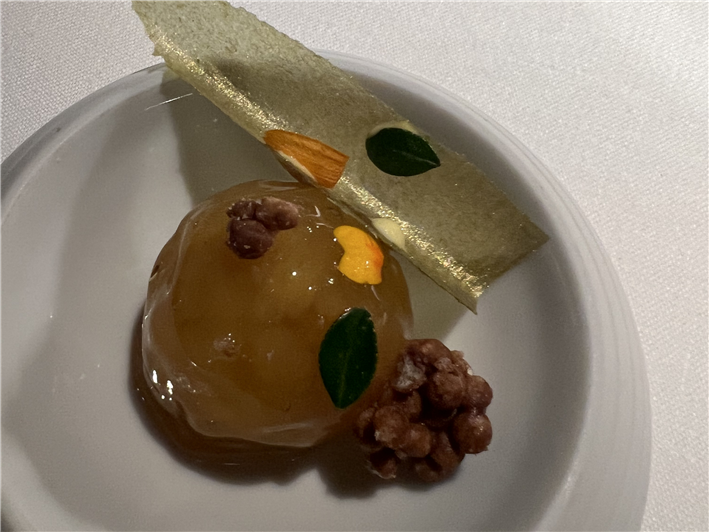


Hinrich Sudeck
Dear Sir, your critical frankness about prices of wines , taste and preparations, noise, quality of glasses , being satified or not for the money paid is exemplary in Europe and I am grateful for each article even if I cannot follow you to all the restaurants you have visited. Sincerely yours, HS (author to Effilee)-